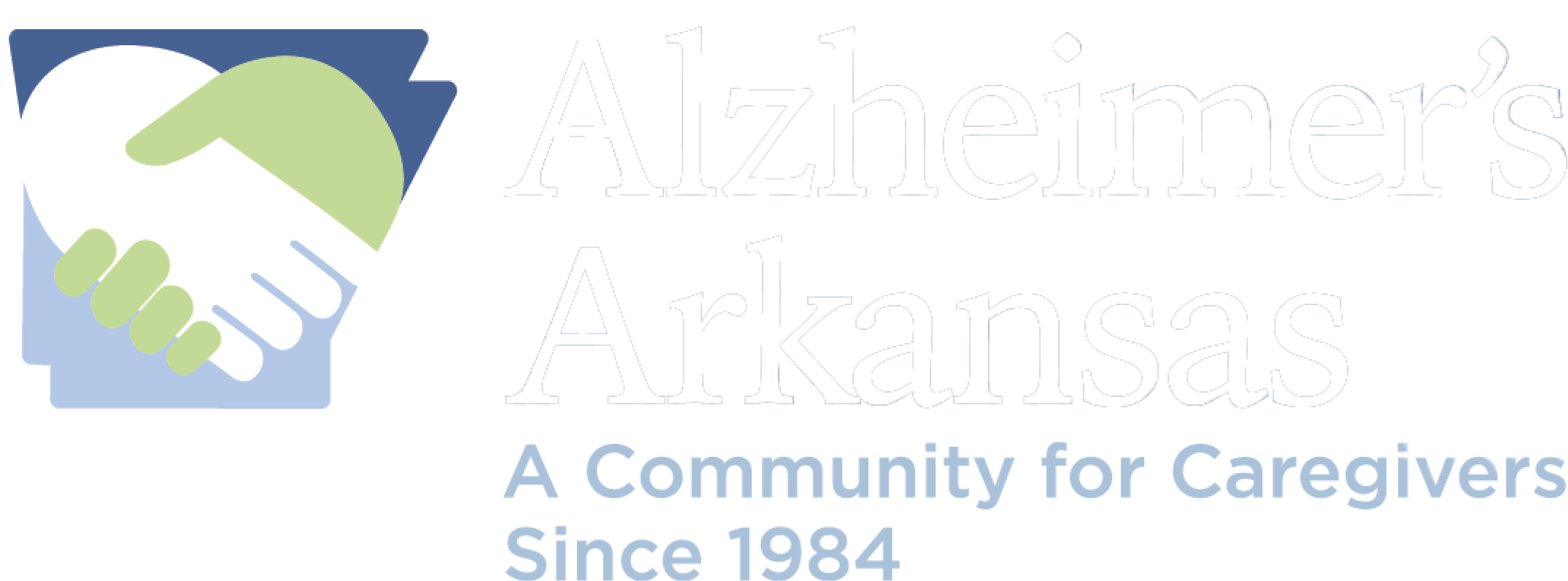Technology is constantly changing and improving our lives. For personal caregivers, there are many technological advances that can help give peace of mind. To help you get started, we did some research to help learn about how you can incorporate technology to assist with caregiving. Not every option may be useful, and technology is not intended to replace the need for in-person care. But, there are many tools out there to aid your caregiving journey.
Please note this is NOT an endorsement of the products mentioned. This is only intended to serve as a reference to help you learn more about how these different types of technology may help.
Shoes with GPS built-in
One fear many caregivers have is: what if my loved one wanders off? A company called “SmartSole” invented an insole to help caregivers track their loved ones and ensure they stay safe. The insole is equipped with GPS and uses cellular service to send updates every 5 to 10 minutes with the person’s location. The SmartSole also allows the caregiver to set a geolocation that will send an alert if their loved one wanders outside of a defined radius. For those who are less likely to wear a pendant or other device, this could be a great alternative. To learn more about SmartSole click here.
The Echo Show by Amazon
The Echo Show is much more than a fancy clock. You can use the Amazon Echo’s “drop-in” feature as an intercom system allowing you to check in with your loved one and even use video to face-time. This device can also play music with the lyrics on the screen, display photos, read the weather, remind them of what day it is, etc. While some features may be better suited for someone with early stages of dementia, the Echo Show can provide a great way to stay in touch.
Appliance Use Monitors
Worried about appliances or lights being left on? Maybe dad frequently forgets to lock doors? Home automation has come a long way! There are several different devices and applications caregivers can use to help protect their loved ones and keep them living at home longer.
Smart Plugs monitor appliance use and remotely turn off electronics and appliances that are left on. Plugs and other devices can monitor stove usage and can auto-turn off or remotely turn off an electric stove. Check out these options: https://www.thiscaringhome.org/automatic-stove-turn-off-devices/
Home automation hubs allow you to monitor your devices and even control them remotely. You can connect things such as lights, door locks, thermostats, home security systems, and more. You can check out different home automation systems such as “Smart Things” “Google Nest” and “Wink.”
Home Sensors and Cameras
Sensors can be placed around the home to monitor activity and movement throughout the day. Maybe you worry mom isn’t getting enough sleep or dad isn’t eating enough. Motion sensors can track when a person gets out of bed, how many trips to the bathroom they make, how much time they spend in the kitchen, etc. This could potentially alert you to changes in routine and problems that may be occurring. In addition to motion sensors, mat sensors can detect when someone stands or sits on them which is a slightly cheaper option than motion sensors.
Home surveillance systems can offer peace of mind to caregivers too. Cameras can be set up to face important areas such as the medicine cabinet to monitor medication use. They can help detect falls, show changes in behavior, and determine if a different level of care is needed. It is important with home surveillance systems that you check applicable laws regarding consent.
Want to learn more?
Here are a few articles that can you learn more about how technology can help:
Should You Use a Video Monitoring Camera System?
7 Technological Innovations for Those With Dementia
